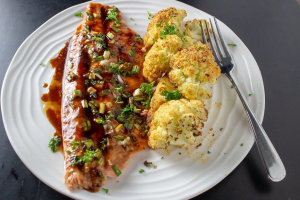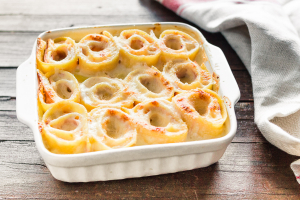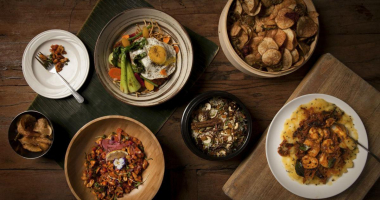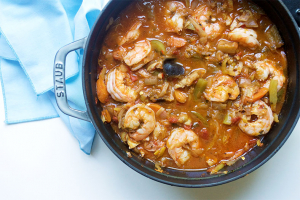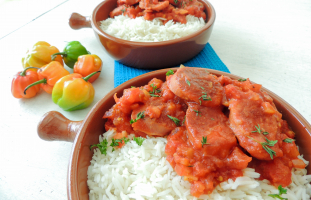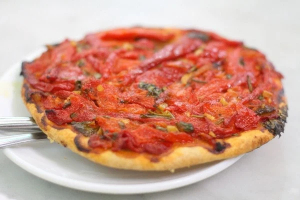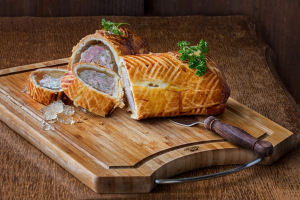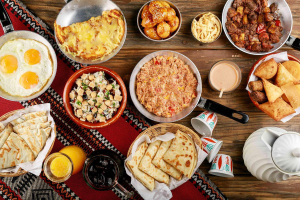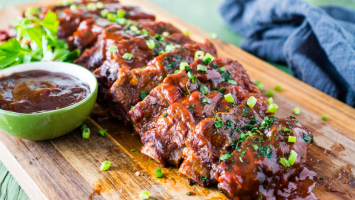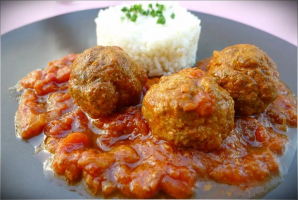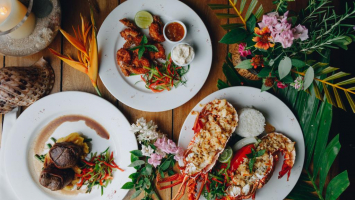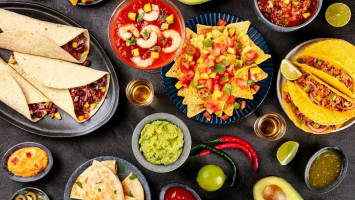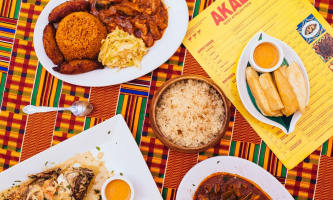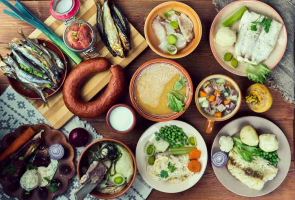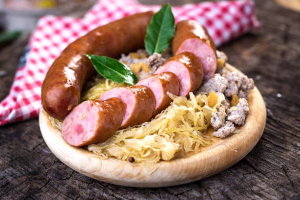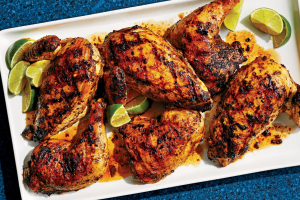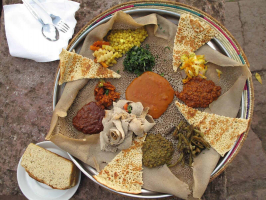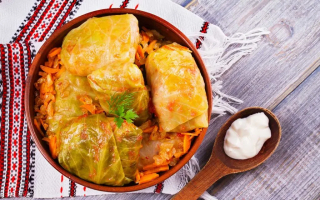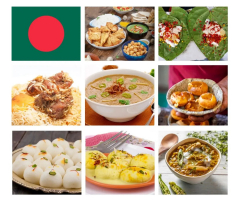Top 10 Best Foods in Austria
Rich flavors characterize authentic Austrian cuisine, which is dominated by meats and carb-heavy meals like pastries and breads. There is an Austrian culinary ... read more...recipe for every meal, from crispy Schnitzel to substantial Goulash! Our blog covers 16 of our favorite Austrian delicacies that visitors to this paradise must experience. So, if you're wondering what to eat in Austria, check out all of these delectable Austrian cuisine that will tantalize your taste buds while also giving you a flavor of Austrian culture.
-
Do you want to try some of Austria's most famous dishes? This country not only boasts some of the most gorgeous landscapes and scenery, but it also has some of the best food. If you want to have a deeper sense of Austria, you should surely eat its delectable cuisine. The Wiener Schnitzel is the most famous and popular dish in Austria, and it is also the most delicious. A thin veal cutlet is breaded and cooked in butter or oil to make Wiener Schnitzel. Depending on the style you choose, it goes well with parsley, lemon, and potatoes.
One of Austria's most important national meals is Wiener Schnitzel, which translates to 'Viennese cutlet' in German. In fact, it is so closely associated with the country that its name is protected by law; only veal Wiener Schnitzel can be named Wiener Schnitzel. It's made by delicately coating thin cutlets of beef in breadcrumbs and deep-frying them in butter or lard until golden brown. After that, a wedge of lemon and a side of potato salad, cucumber salad, or French fries are served. Wiener Schnitzel is a popular dish among Austrians and expats alike, and can be found everywhere from street food vendors to high-end restaurants.
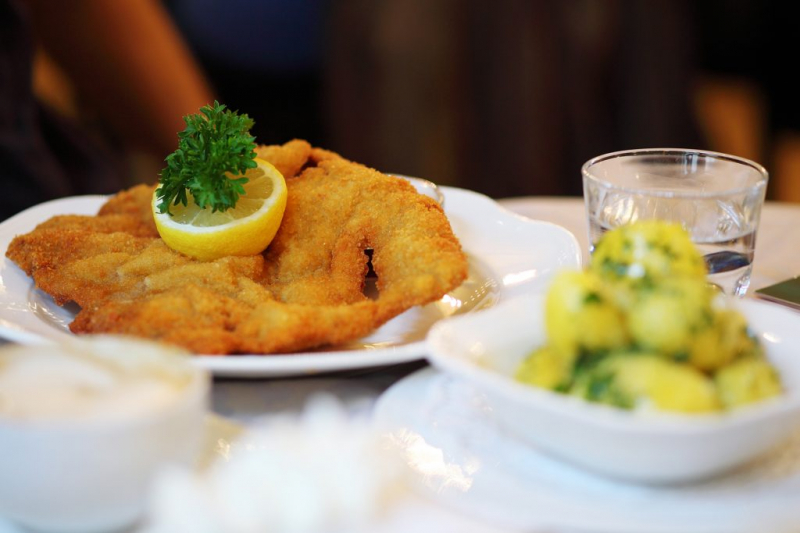
https://www.expatica.com/ 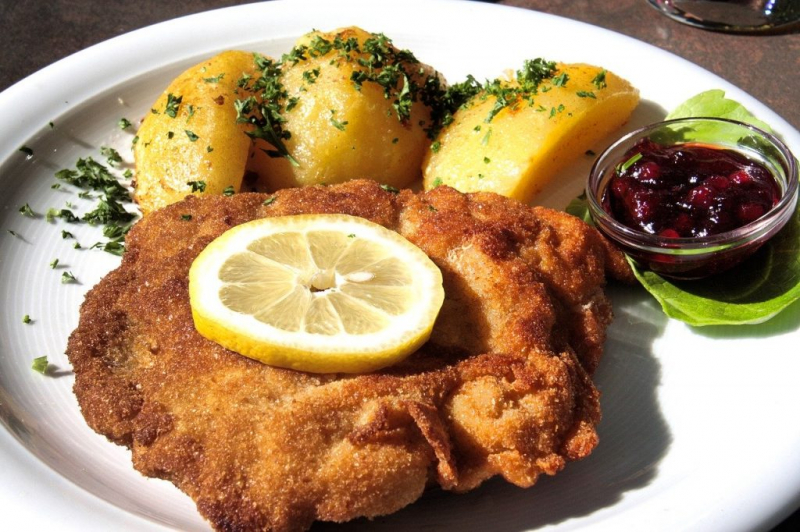
https://lets-travel-more.com/ -
The classic Viennese sausage is a fundamental feature of Austrian cuisine, simple to produce but brimming with flavor. Traditional Wiener Würstchen is created with a pork and beef mixture enclosed in sheep's intestine.
These thinly sliced parboiled sausages are a take on the traditional German Frankfurter Würstchen (Frankfurter sausage). They're frequently served as a main meal with sauerkraut or fermented cabbage, radishes, and Austrian potato salad.
They are, however, a popular snack, served in a hot bun with mustard, ketchup, and other condiments. In reality, Wiener Würstchen is one of Austria's most popular street delicacies, available from vendors all around the country. These should absolutely be enjoyed with a nice drink.
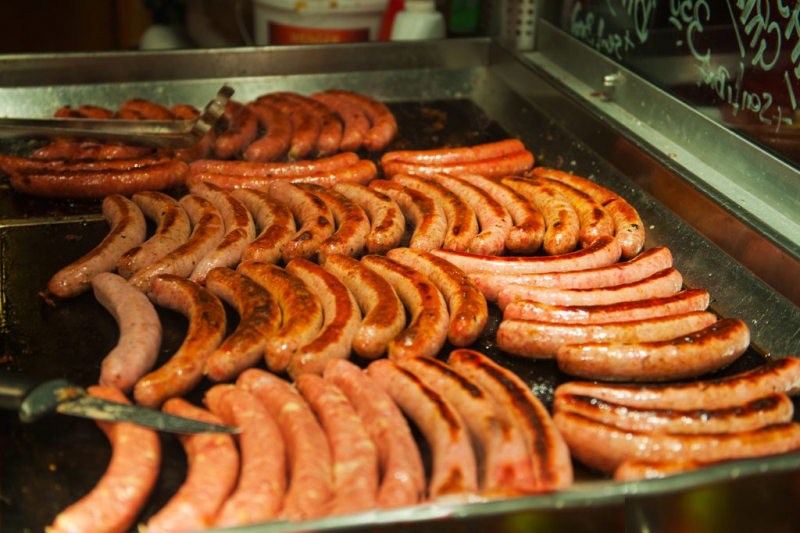
https://www.expatica.com/ 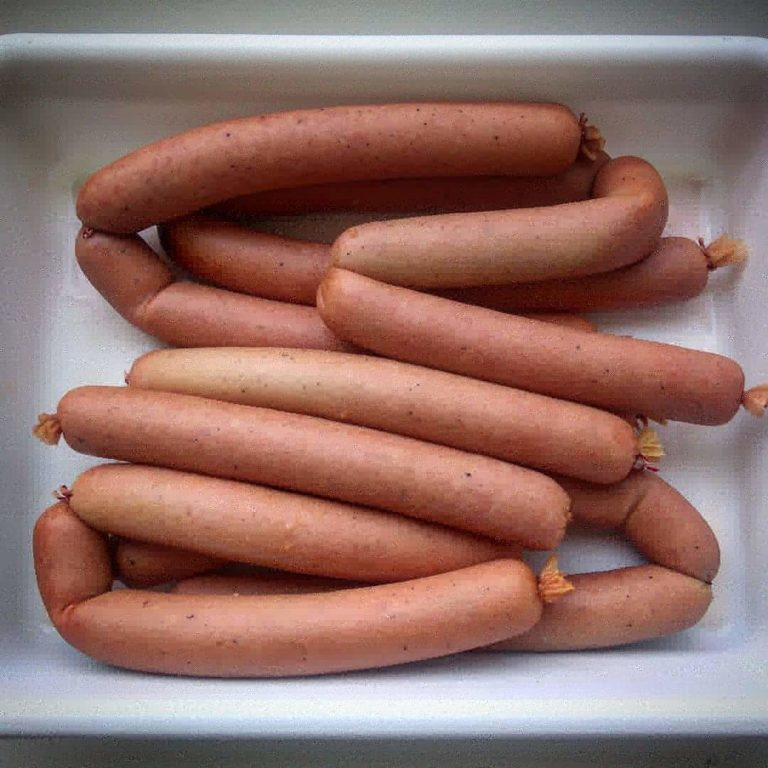
https://sauerkraut.com.br/wiener-wurstchen-salsicha-vienense/ -
The classic Viennese sausage is a fundamental feature of Austrian cuisine, simple to produce but brimming with flavor. Traditional Wiener Würstchen is created with a pork and beef mixture enclosed in sheep's intestine.
These thinly sliced parboiled sausages are a take on the traditional German Frankfurter Würstchen (Frankfurter sausage). They're frequently served as a main meal with sauerkraut or fermented cabbage, radishes, and Austrian potato salad.
They are, however, a popular snack, served in a hot bun with mustard, ketchup, and other condiments. In reality, Wiener Würstchen is one of Austria's most popular street delicacies, available from vendors all around the country. These should absolutely be on your Austrian culinary bucket list, especially when paired with a cool beer!
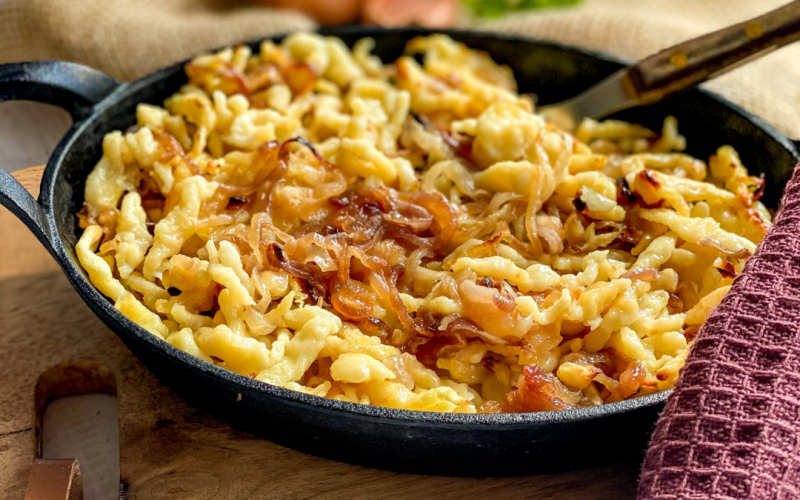
https://kochschwabe.de/sketchrezepte/kaesespaetzle 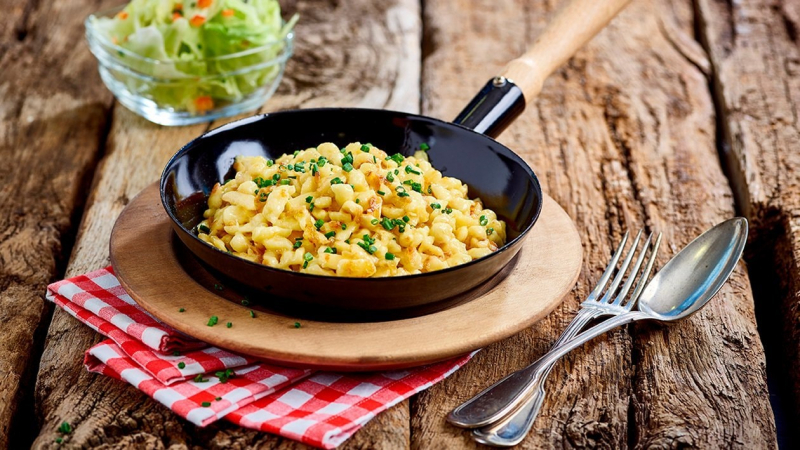
https://www.unileverfoodsolutions.at/ -
Tafelspitz, a traditional Viennese meal, is produced by boiling veal in a spicy broth with root vegetables. It's typically served with potatoes, carrots, and a creamy apple-horseradish and chive sauce in Austria.
Since the 19th century, Tafelspitz has been a popular dish in Austria and the German state of Bavaria. It was usual practice back then to boil meat and use the leftovers to create soup. Surprisingly, the recipe and manner of preparation have not altered since then. The main ingredients are beef tri-tip, sirloin, or rump cuts.
Some chefs, however, add chicken and cow marrow bones to the mix for added taste and a clear broth. Tafelspitz is traditionally served in two dishes, with the broth as an appetizer and the beef and vegetables as the main meal.
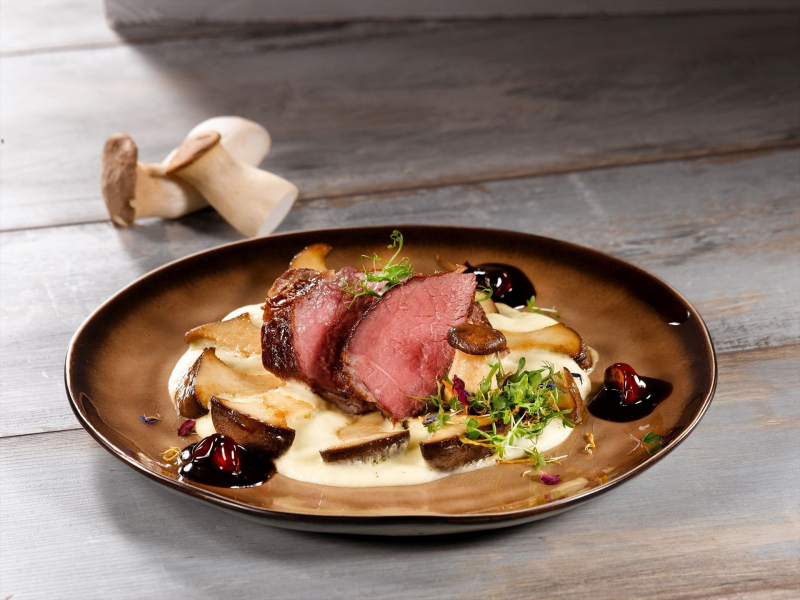
https://www.schmecks-ooe.at/thema/rezepte/tafelspitz/ 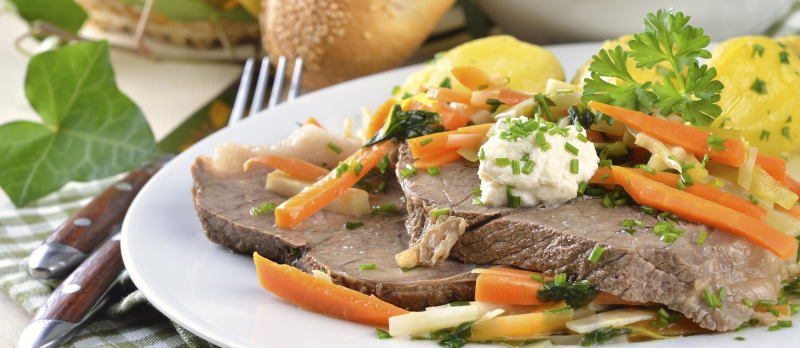
https://www.tasteatlas.com/tafelspitz -
The Tiroler Gröstl is the epitome of comfort food! It's one of the most popular classic Austrian dishes in Vienna, but it's much more popular in the Austrian Alps. Tiroler Gröstl is another favorite Restessen (a dish made using leftovers from a Sunday roast).
This hearty favorite comes from the skiing and hiking region of Tyrol in Austria, and it's made with pork, onions, and potatoes, with a fried egg on top. It has long been a favorite of Tyrolean farmers, who like to eat it straight from the griddle for lunch or breakfast. Simply replace the bacon with mushrooms, courgette, or sweetcorn to make a vegetarian version.
Sweet potatoes can be substituted with ordinary potatoes if you desire a sweeter flavor. A little freshly chopped chili, on the other hand, will surely spice things up.
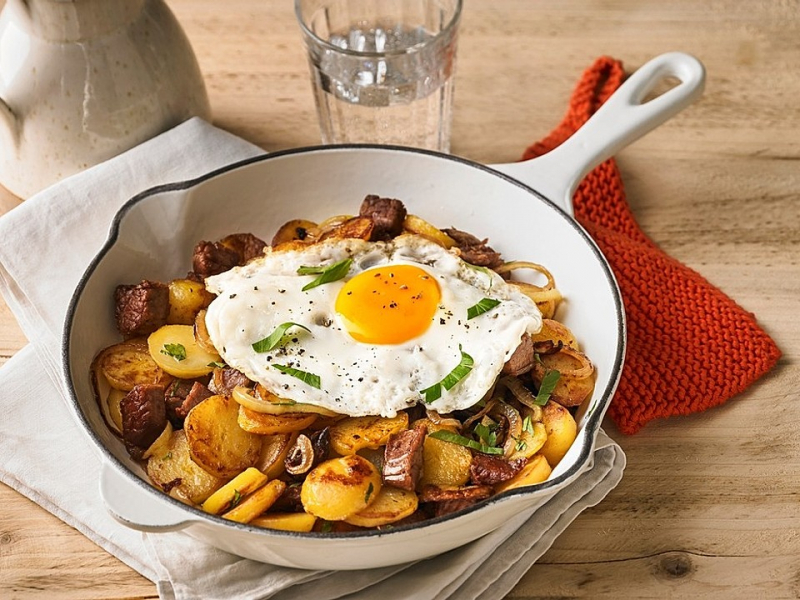
https://eat.de/rezept/tiroler-groestl/ 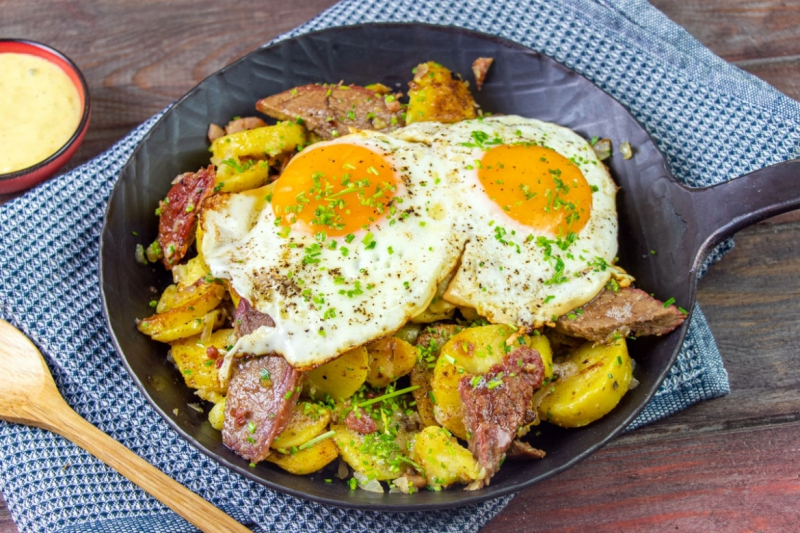
https://www.chefkoch.de/ -
Despite the fact that Martinigansl is only accessible in restaurants for a few weeks in October and November, it is nevertheless regarded as a unique Austrian delicacy.
Martinigans are stuffed geese that are extensively cooked as a traditional delicacy on St. Martin's Day in Austria. Although there are many different versions of this dish in Austria, it is usually packed with chestnuts and dried plums before being roasted. You can also serve gravy with the stuffed goose, which is made from a mixture of pan drippings and stock.
In Austria, eating this delectable dish is a long-standing ritual and a manner of honoring St. Martin, the Bishop of Tours. According to mythology, he was destined to become a bishop but refused to take on such obligations. He attempted to flee his responsibilities by hiding in a stable full of geese. The geese, however, betrayed him by making a loud noise, betraying his hiding spot. After being forced to become the bishop, St. Martin exacted vengeance by ordering that all of the geese in the stable be roasted and eaten the same night!
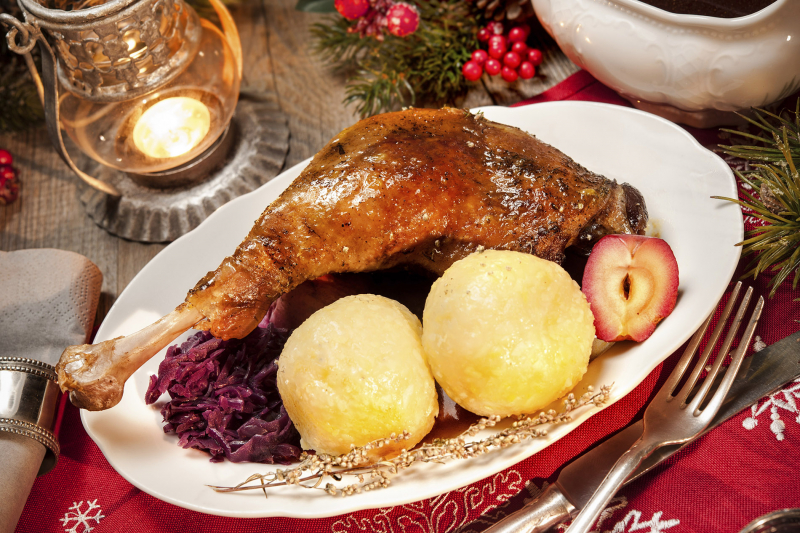
https://www.strasser-steine.at/ 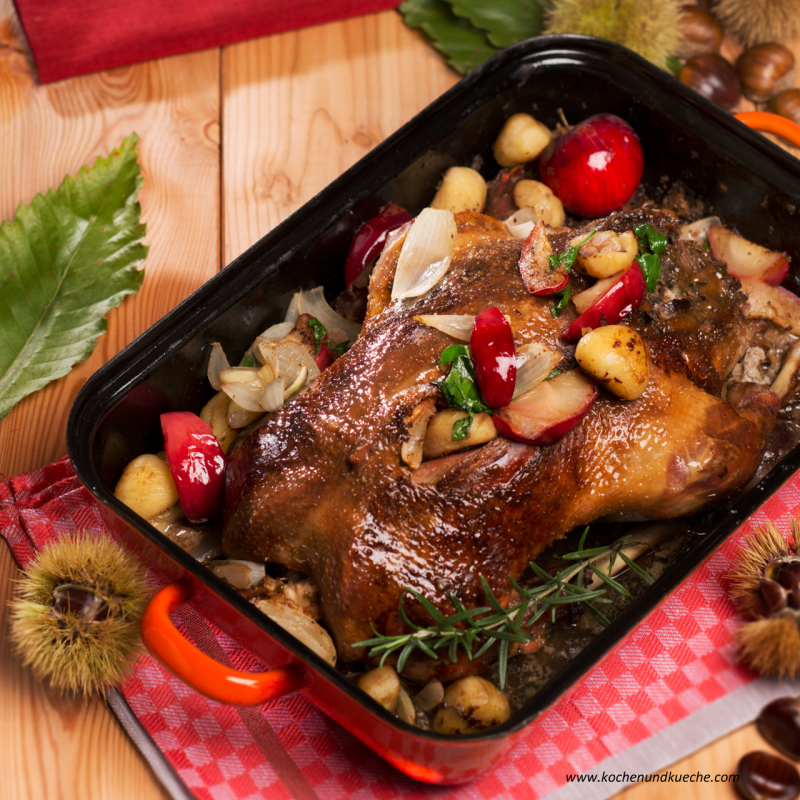
https://gut-gekocht.kochenundkueche.com -
Erdäpfelgulasch (potato goulash) is perfect for vegans because its major ingredients are potatoes, onions, and gravy. Although originated from Hungary, the hearty and spicy Gulasch has long been a part of Austrian cuisine.
Gulasch is a hot soupy stew that comes in a variety of flavors, like soups do. The potato Gulasch is a popular Austrian meal that may be found in homes all around the country.
Some countries, for example, prepare it with beef and simmer it for several hours to achieve a thick, dark sauce. While potato is the main ingredient in Austria, some individuals choose to spice it up with smoked sausage. To make a vegan version, simply double the amount of salt, pepper, and smoked paprika in the recipe.
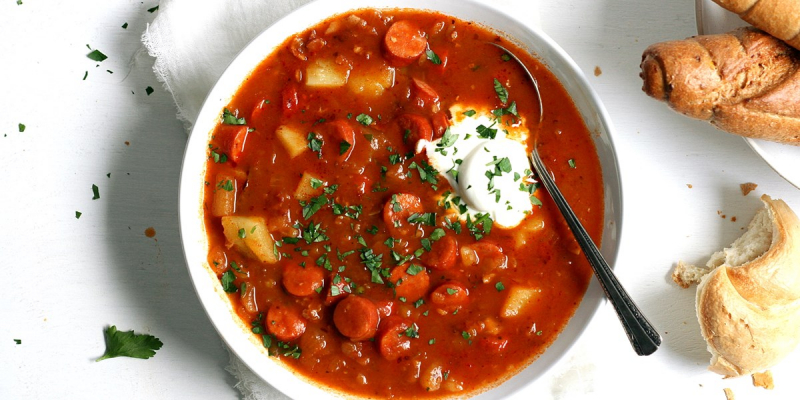
https://www.kochrezepte.at/ 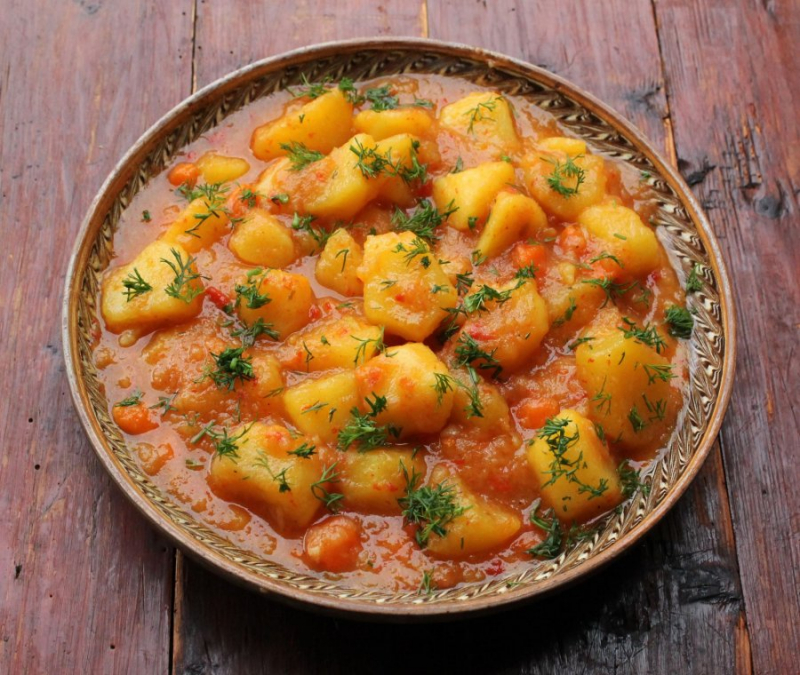
https://www.derstandard.at/ -
While Fleischlaberln may appear simple, these delectable mixed meat patties are an Austrian culinary delicacy that is greatly adored. Pork and beef are generally used, and they're seasoned with salt, pepper, garlic, onions, and parsley. To bind the mixture together and provide volume, small cubes of bread are soaked in milk and added to it. You can also add spices to the mix to give the patties a kick, depending on your tolerance level.
Fleischlaberln are traditionally served with creamy mashed potato (Kartoffelpüree) and are a favourite Austrian comfort meal on cold days.
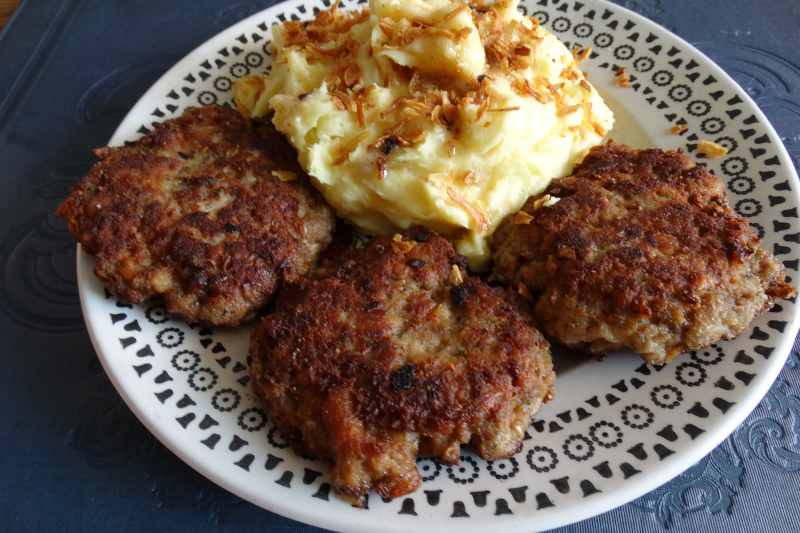
Photo: Nutza:Luki / Wikimedia Commons -
Although the Germans claim ownership of the Strudel, Austrians have embraced the sweet crusty Apfelstrudel, which is considered one of their national dishes.
Viennese Apfelstrudel is a must-have on any list of the best Austrian meals. Apples, raisins, sugar, and cinnamon are enclosed in a thin layer of unleavened dough in this popular apple delicacy. It's very simple to prepare, despite its exquisite appearance.
However, getting the paper-thin dough just perfect and the raisins suitably steeped in rum requires time and effort. In fact, making the dough thin enough to see through without tearing it is the most difficult aspect.
Viennese Apfelstrudel is a delicious delicacy on its own, but it's much better with whipped cream, vanilla sauce, or a scoop of vanilla ice cream.
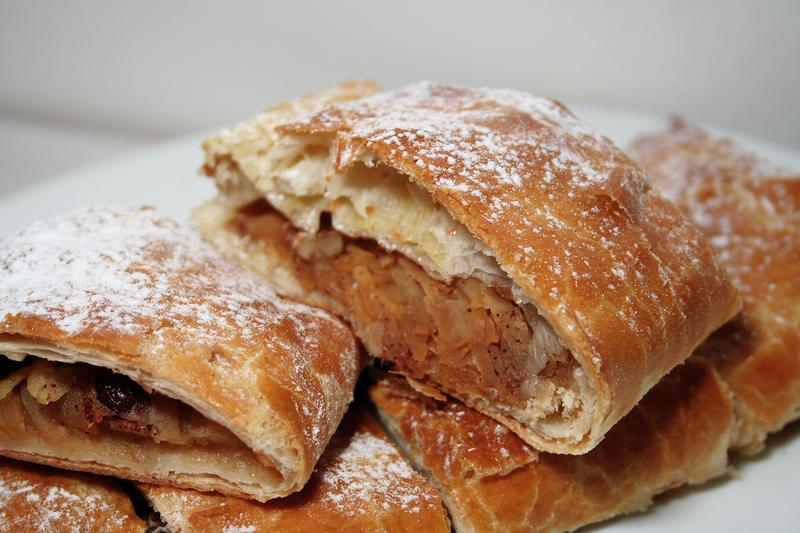
https://worldfood.guide/ 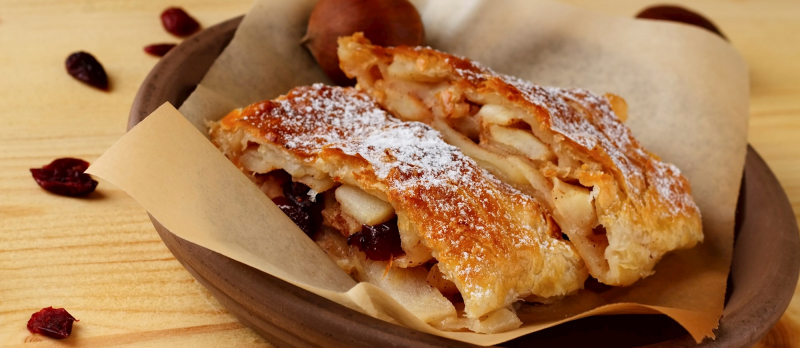
https://www.tasteatlas.com/ -
The classic Sachertorte is a top Austrian delicacy. This rich, deep chocolate cake is said to have been created at the request of Prince Klemens Wenzel von Metternich in Vienna in 1832.
To wow his important guests, he charged his kitchen staff with creating an amazing dessert. When the head chef became unwell, Franz Sacher, a 16-year-old apprentice cook, stepped up to the plate and prepared the delectable dessert. Sachertorte is still regarded as one of the most famous cakes in the world, and for good reason.
Sachertorte comprises two thick layers of chocolate sponge cake split by a thin layer of apricot jam, crammed with chocolaty delight. The cake is finished off with a dark chocolate frosting. The delectable dish is generally topped with a dark chocolate medallion and served with unsweetened whipped cream.
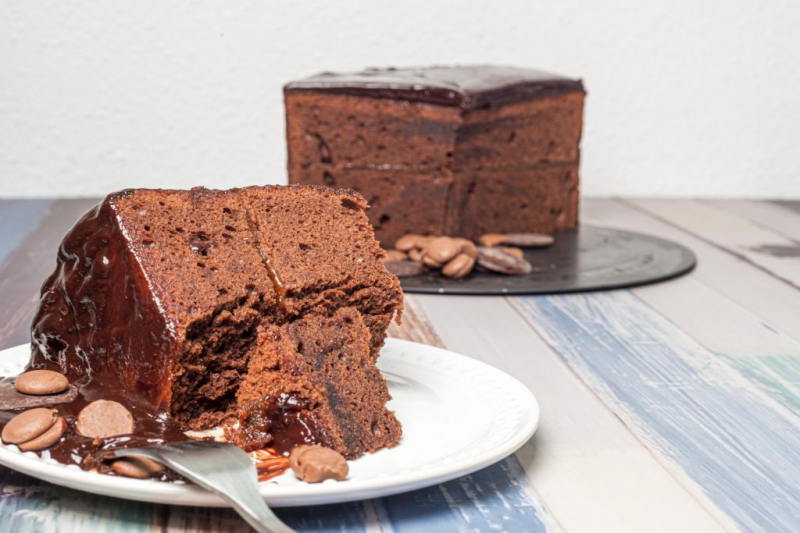
https://www.expatica.com/ 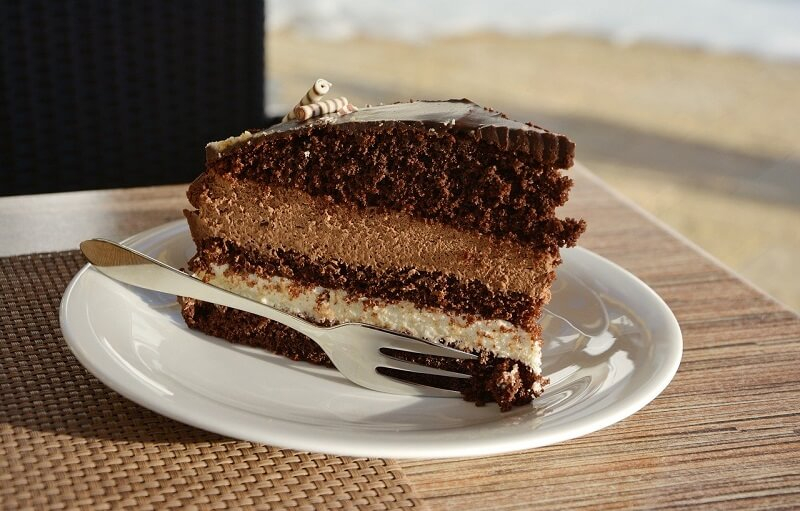
https://lets-travel-more.com/












